Arts | Choose Two Units
Students in Year 9 are able to choose two Arts electives to study (1 for each semester)
Drama | Lights, Camera, Action
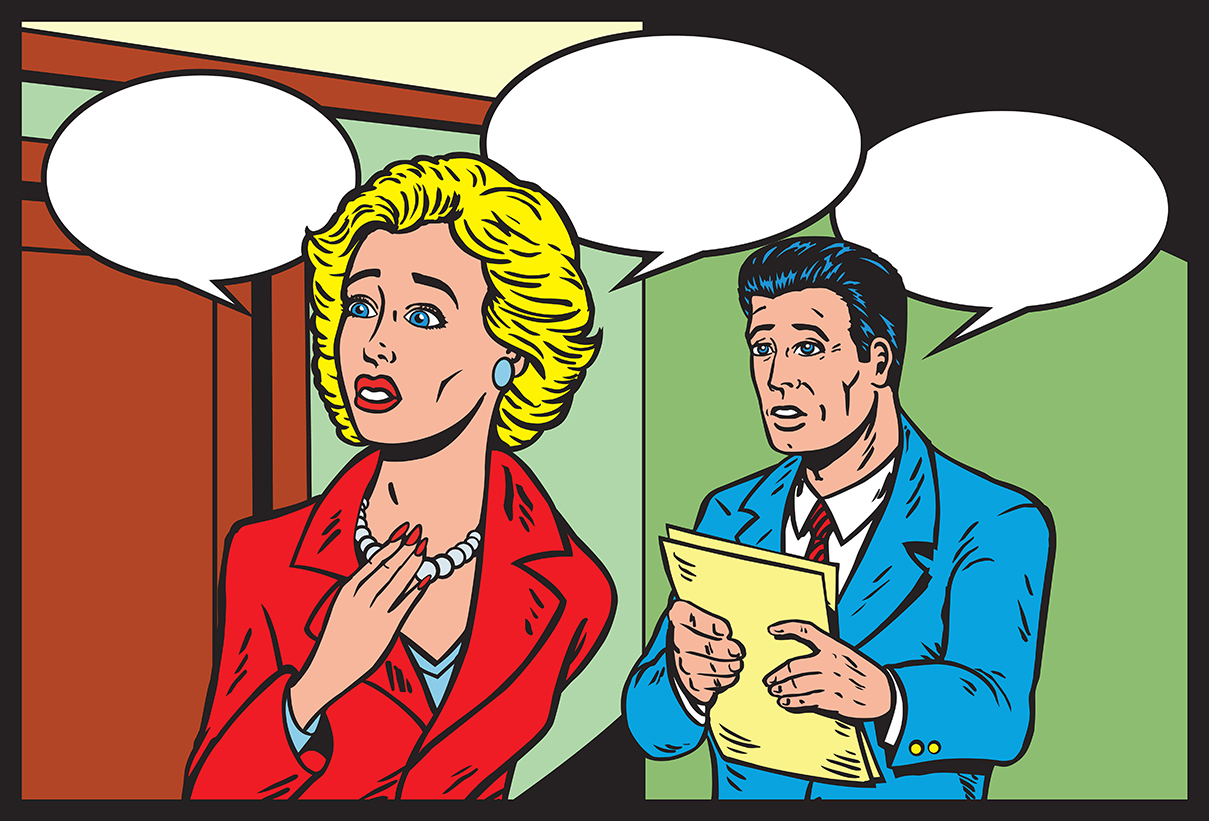
Overview
Acting and Designing for Film and TV
Year 9 Drama is offered as an Arts elective with two separate courses that introduce core concepts of the VCE Theatre Studies and Drama study designs, with a contact time of four 80-minute periods per fortnight. This course focusses on acting and designing for film and television.
Students explore, develop and communicate the physical and psychological aspects of the roles and characters consistent with the soap opera genre. Using Australian television soapies as stimulus, the students plan, script, and devise their own “soap opera” style plays, using recognised conventions to communicate meanings.
Send-up (Satire) is examined in an ensemble task, as students prepare to imitate and mock famous celebrities of their choice using a prescribed structure as stimulus material. A brief student script serves as the basis for a fun, 7-minute performance in class.
Using a scene from a contemporary Hollywood movie script as stimulus, students will memorise and present a short, filmed monologue performance. The students will apply production areas to their interpretation – such as costume, props and multimedia/sound.
Theatre Analysis – Drama. Students respond to, analyse and evaluate a professional filmed theatre performance.
Skills acquired in this course are aligned to the VCE Drama study design and include character analysis, ensemble collaboration, performance skills and theatre analysis and evaluation.
Assessment
- Australian Soap Opera Ensemble Performance
- Satire Ensemble Performance
- Filmed Contemporary Monologue/Design
- Theatre Analysis and Evaluation
Drama | Showtime
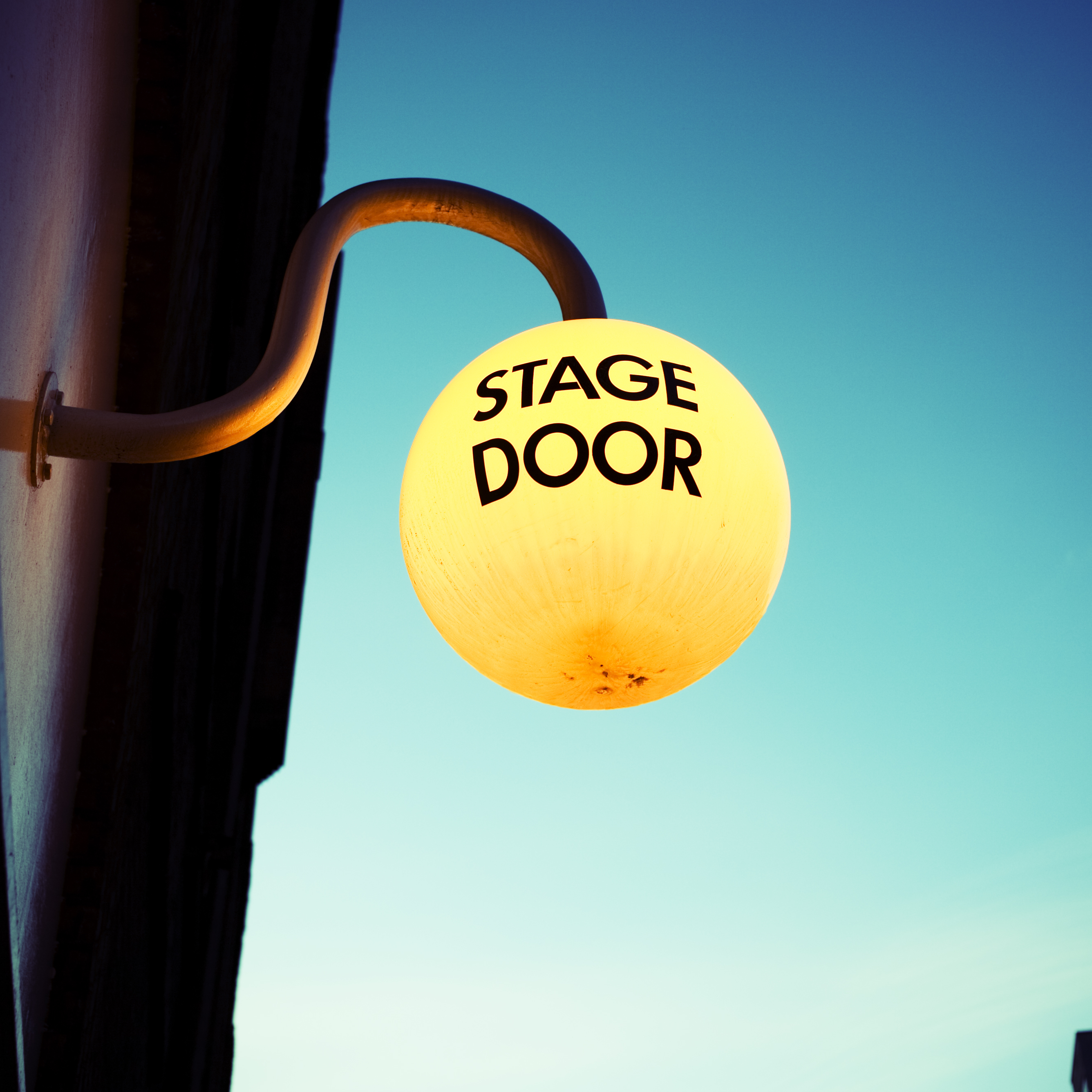
Overview
A Course in Theatre Production
Year 9 Drama is offered as an Arts elective with two separate courses that introduce core concepts from the VCE Theatre Studies and Drama study designs, with a contact time of four 80-minute periods per fortnight. This course follows on from acting for Film and Television and focusses on producing live theatre through a range of production roles including the student’s choices of actor, director, costume designer, hair and makeup designer, puppeteer, dancer and choreographer. Theatrical styles from Broadway to Commedia dell’Arte (the Art of Comedy) will be explored.
Students explore a range of Australian plays and undertake research to take on a variety of production roles from acting and directing to make-up, set design and costuming.
Students study the origins, characters, and plots of the Commedia dell’Arte – an Italian form of comedy – through an incursion workshop. The students use acting skills to devise a small theatrical production to a prescribed structure and make deliberate design choices in the application of costume, props, direction and multimedia to the presentation.
Students learn the conventions of Musical Theatre and produce their choice of a filmed monologue/duologue performance from a famous Broadway Musical or a filmed oral presentation, showcasing an original production design of the show.
Theatre Analysis – Musical. Students respond to, analyse and evaluate a filmed theatre performance of a professional musical.
Assessment
- Contemporary Australian Text Production Task
- Commedia dell’Arte Devised Performance
- Broadway Musical Scripted Performance/Production Role Presentation
- Theatre Analysis and Evaluation
Music Performance
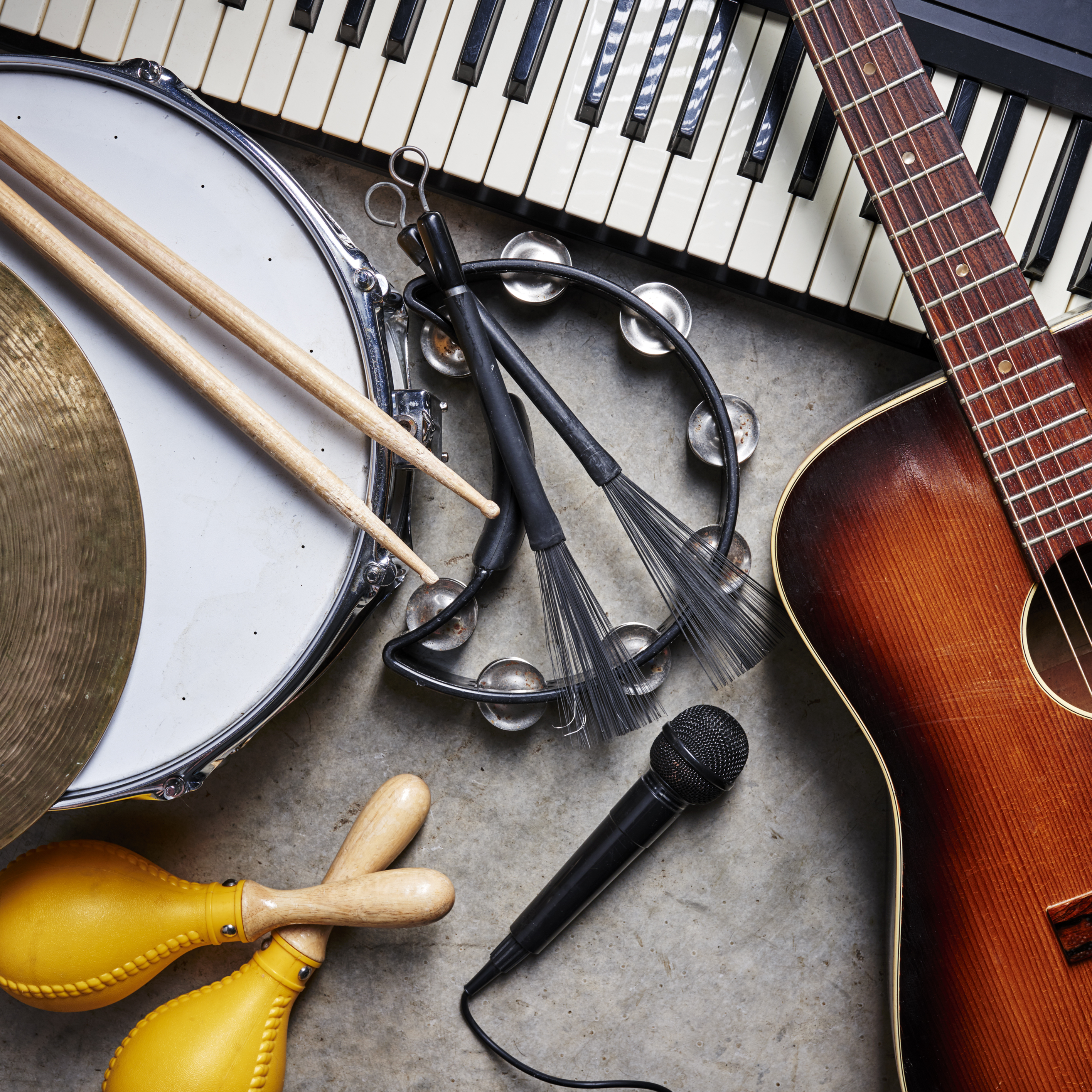
Overview
- Perform every week in class either as a soloist or in a duo, trio or quartet
- Record all performances for reflection and learning
- Perform a ten minute recital at the conclusion of the semester
- Perform a song/piece in a class ensemble at Music Festival
- Identify and understand symbols, patterns, concepts used in music
- Theory: rhythms, pitch, tonality, scales and chords
- Aural: rhythmic and melodic transcription
- Research the concept of ‘deliberate practice’ and do an experiment using the findings
- Investigate the history, mechanics/anatomy of your instrument or the singing voice
- Listen to and explore the elements of music in a variety of songs and pieces
- Compose a short work using rhythm and scales as the stimulus
Assessment
- Compose and notate an original study that improves an aspect of their own playing.
- Examine and analyse a performance, noting musicianship and stage craft.
- Solo performance in recital.
Music Rock Band
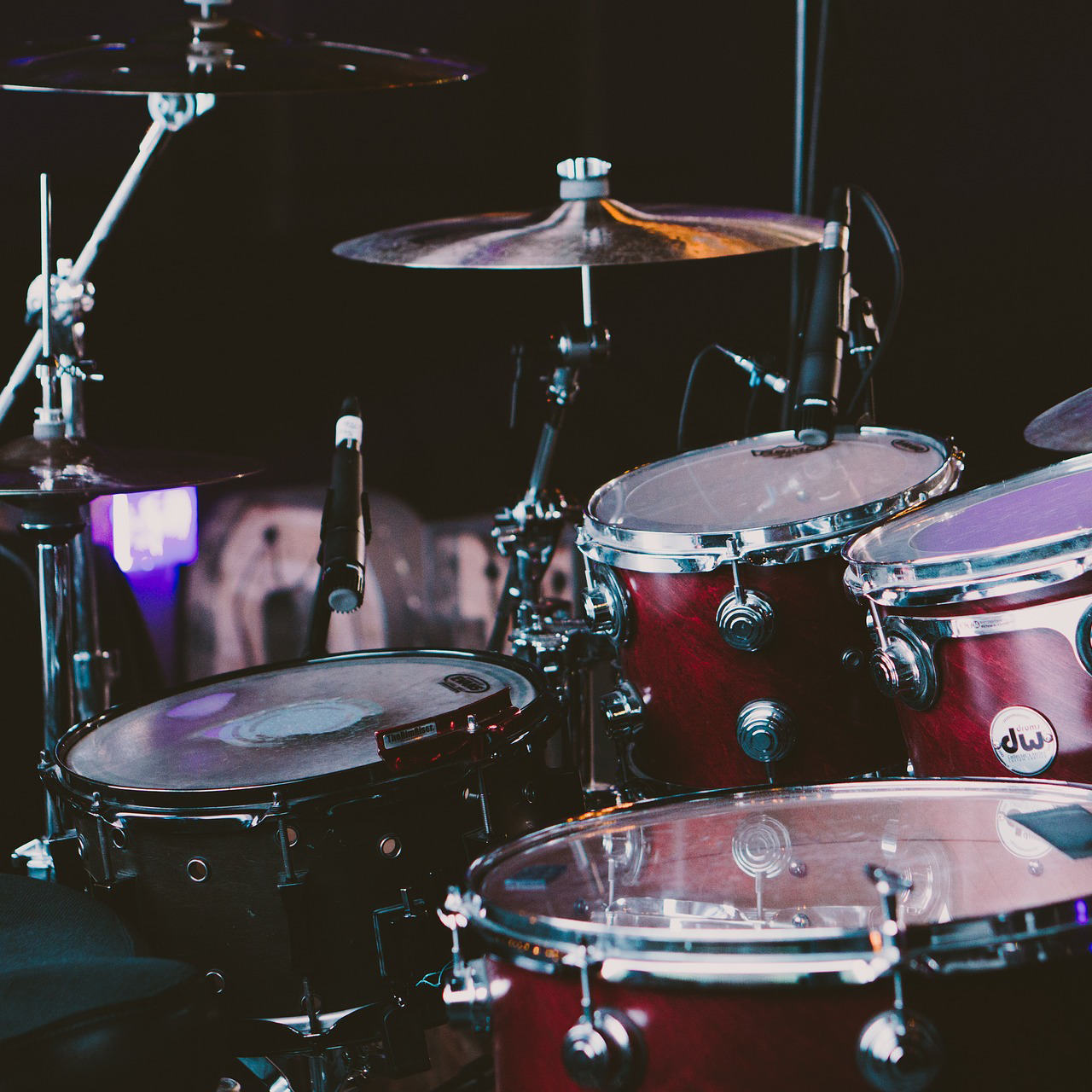
Overview
- Form a band of 4 – 6 members
- Research and choose a collection of songs to play
- Learn how to play the chords, riffs, rhythms and melodies on an instrument and/or sing in the band
- Explore the workings of the main instruments in a band: Bass guitar, electric guitar, keyboard, drum kit and percussion
- Practise individually and rehearse as a band
- Learn how to read chord charts, tablature and sheet music
- Study relevant music theory: Pitch, Notation, Rhythm, Tonality and Chords
- Learn about sound amplification, the equipment required and how to use it effectively and safely
- Understand and take part in the recording process: Pre-Production (rehearsal), Production (recording) and Post- Production (mixing)
Assessment
Understand and take part in the recording process: Pre-Production (rehearsal), Production (recording) and Post- Production (mixing)
Year 9 Art 2D – Painting & Drawing
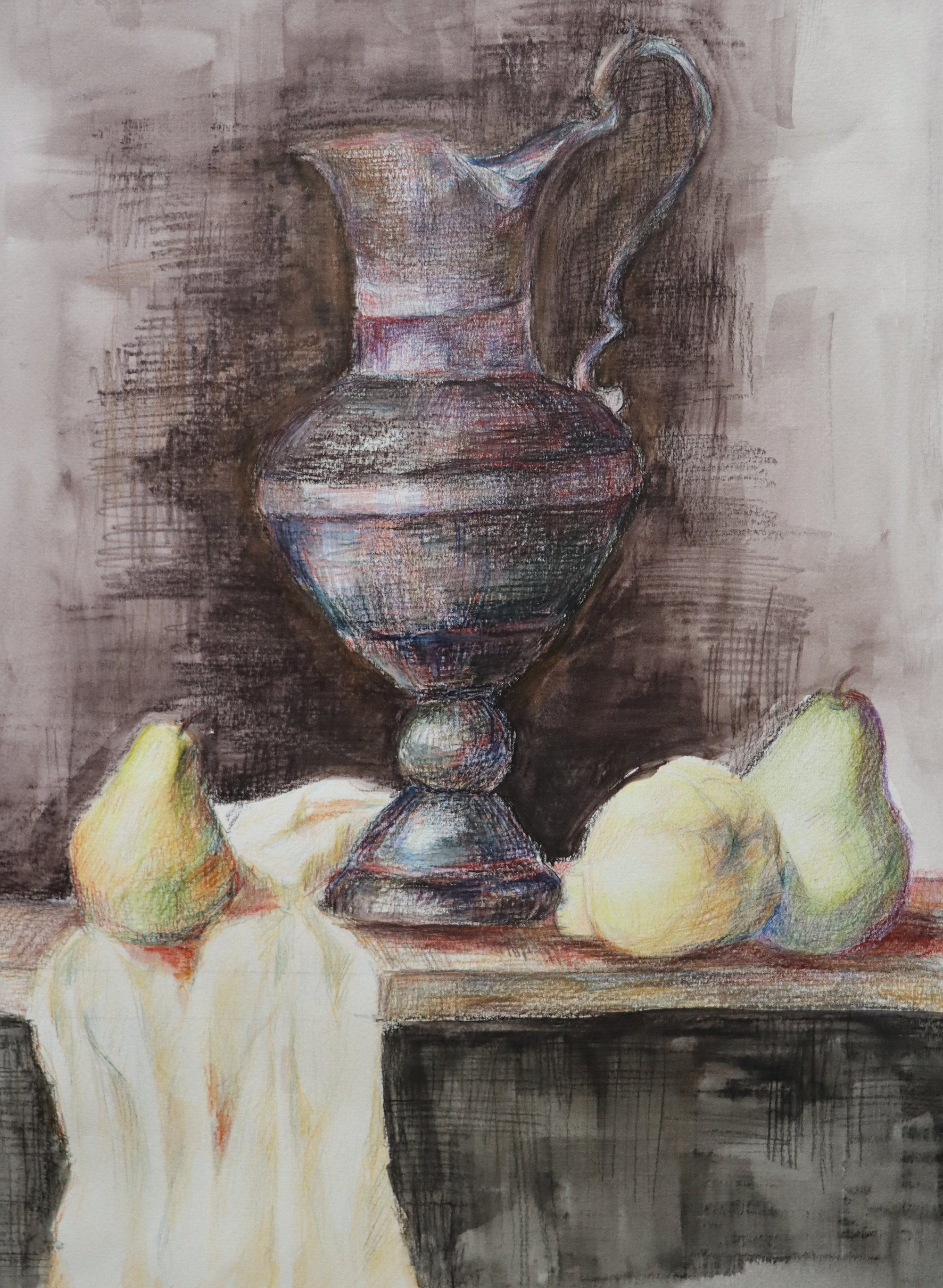
Overview
Year 9 students follow the stages of a studio process in order to manipulate art elements and principles creatively. Students explore a variety of art media and techniques. Through experimentation students make decisions about creating their artwork. Students enhance their appreciation of Art by developing analytical skills in response to their own artwork and the work of a range of artists.
Assessment
- a folio of artworks in a range of media
- a visual diary recording student’s development of ideas & evaluations of completed artwork
- Written responses analysing the artworks of a variety of artists, their aims and techniques
Year 9 Art 3D – Sculpture
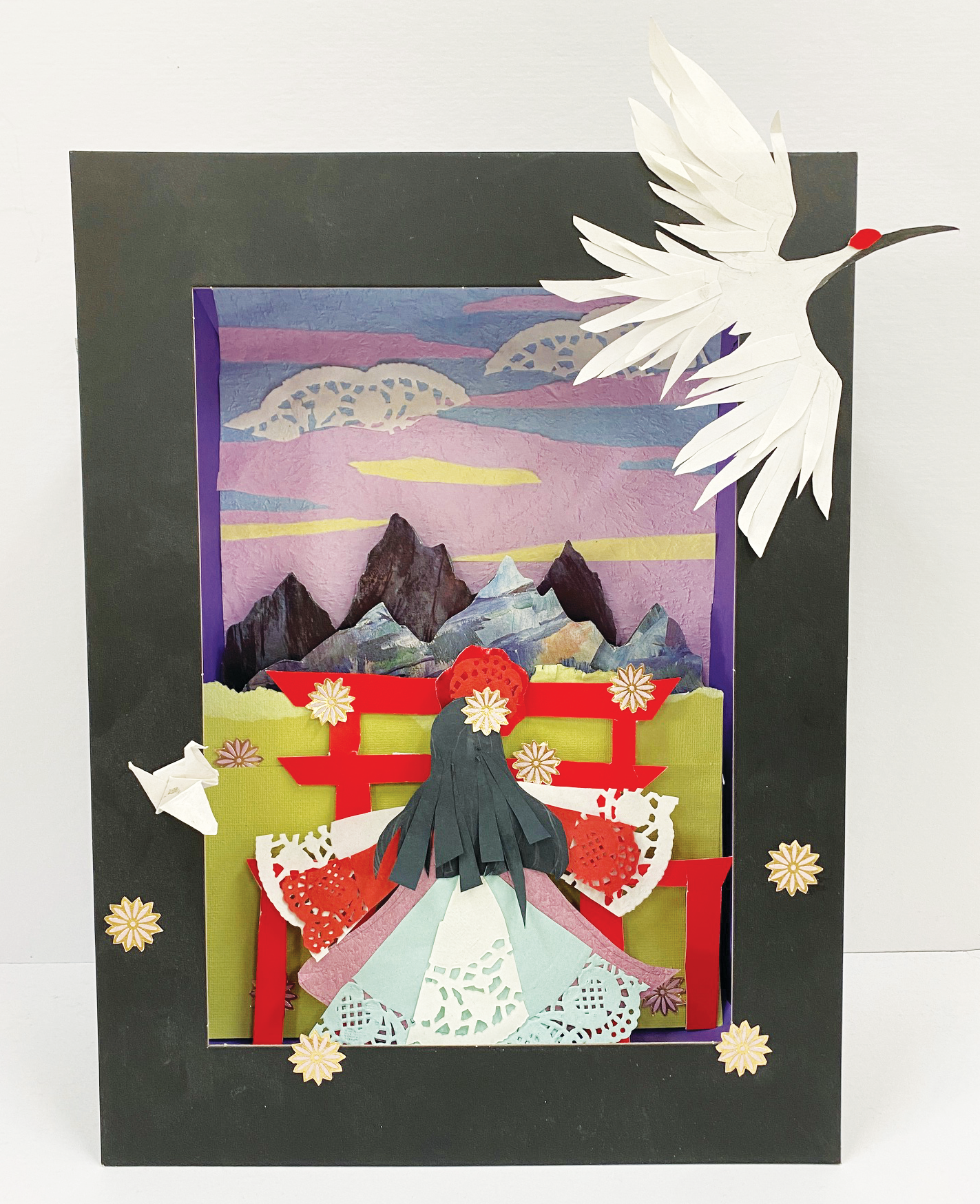
Overview
Year 9 students investigate a range of sculptural media, such as paper, card, clay & wire developing techniques responding to design criteria.
Responding creatively to design tasks, students are encouraged to employ the necessary skills to make functional and aesthetic forms.
Through research students find inspiration from professional ceramicists and learn the specific visual language used to analyse and evaluate their own work and the work of other artists.
Assessment
- 3D Artworks
- A visual diary recording the development of ideas and concepts, and evaluations of final artworks
- Analysis tasks researching artists from different historical and cultural context.
Visual Communication Design
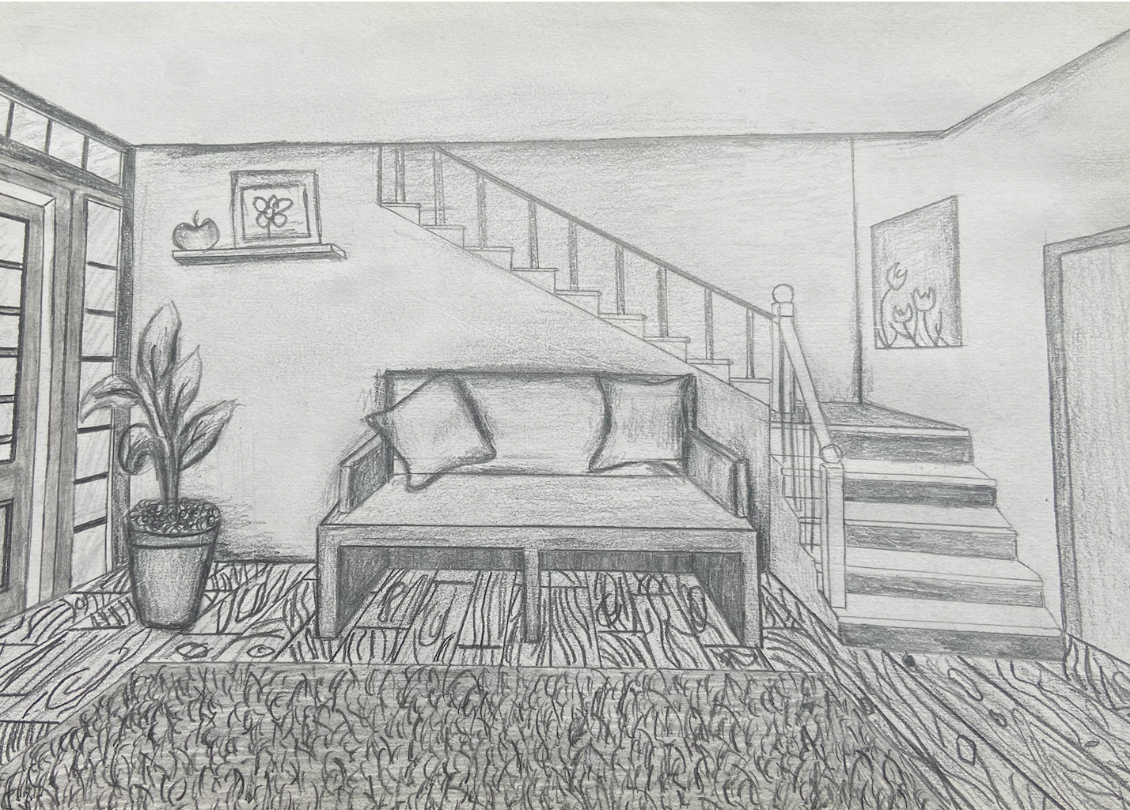
Overview
This semester course is for those students who have an interest in design, drawing and computer graphics. Students learn the basic skills in free-hand drawing that underpins all design work. This subject develops the skills and knowledge necessary to work with computer programs and enables the students to manipulate a range of tools in order to create effective design and digital imagery.
Assessment
- Folio of free hand drawings and a record of the design process
- Folio of computer generated designs
- Research tasks and analytical responses to graphic designs techniques

